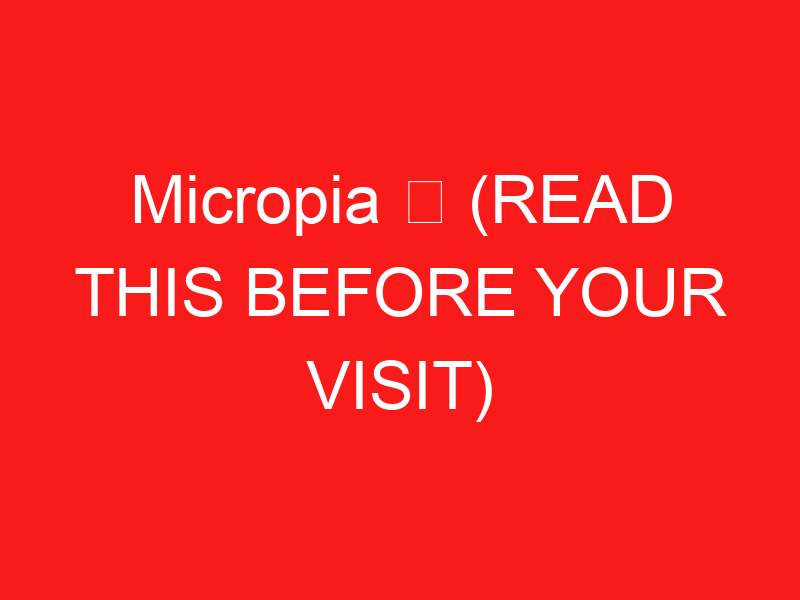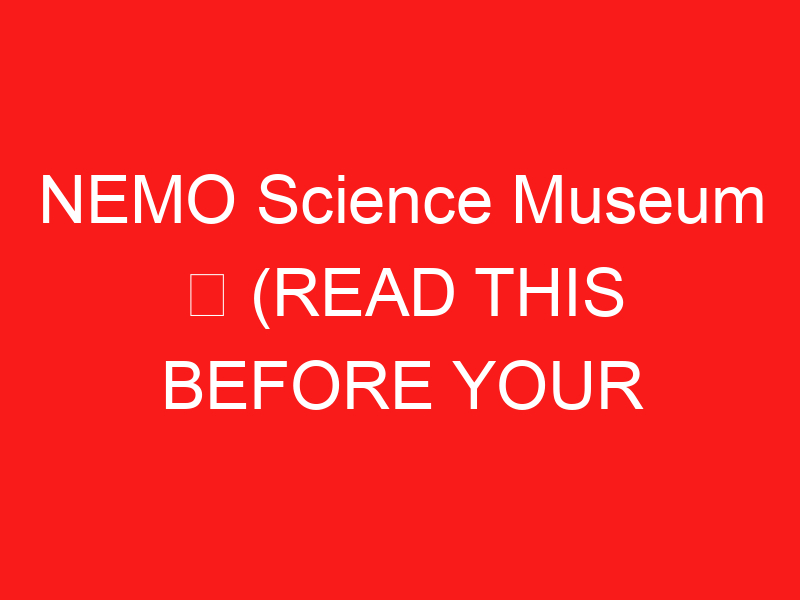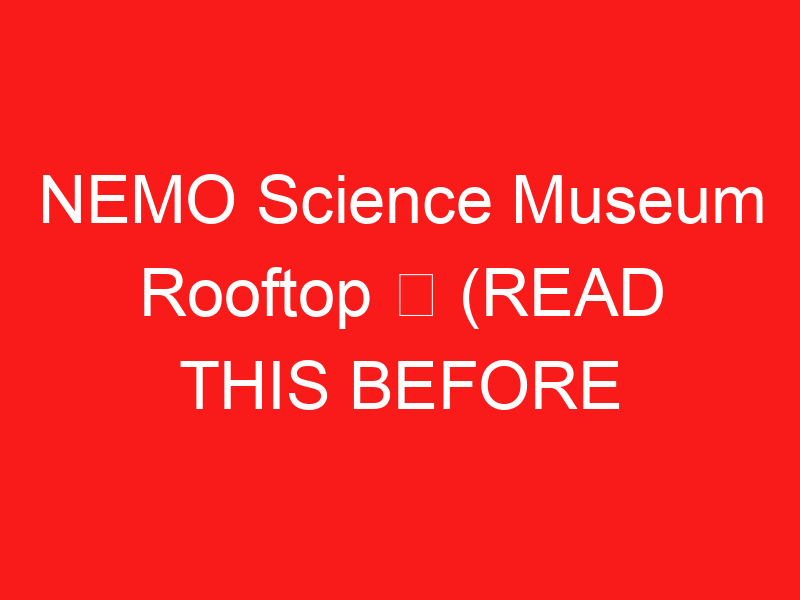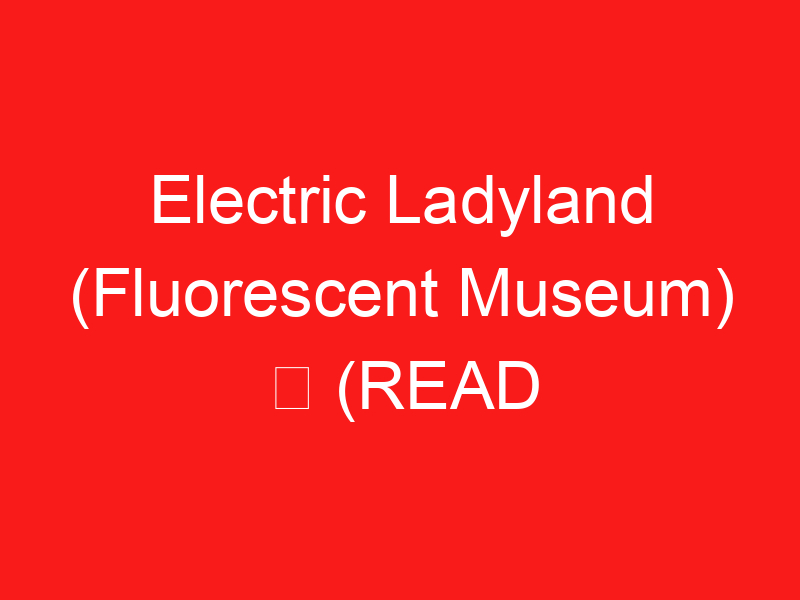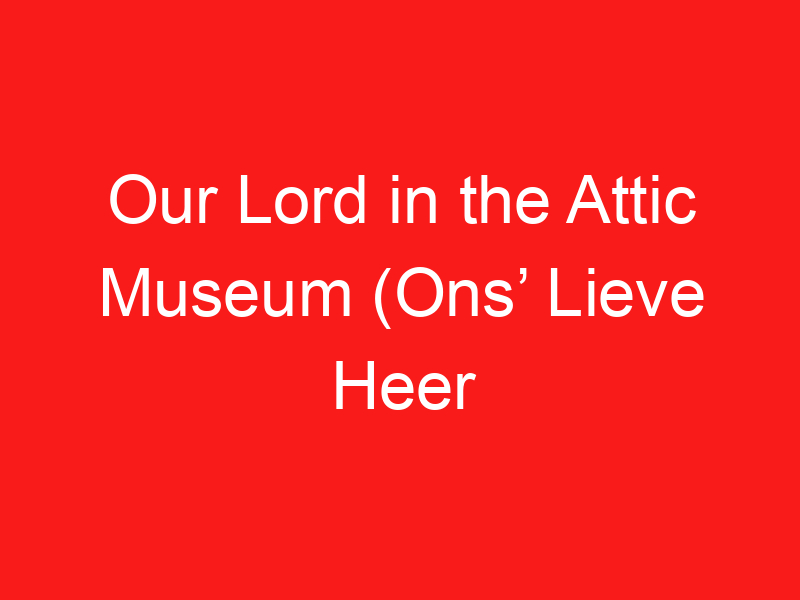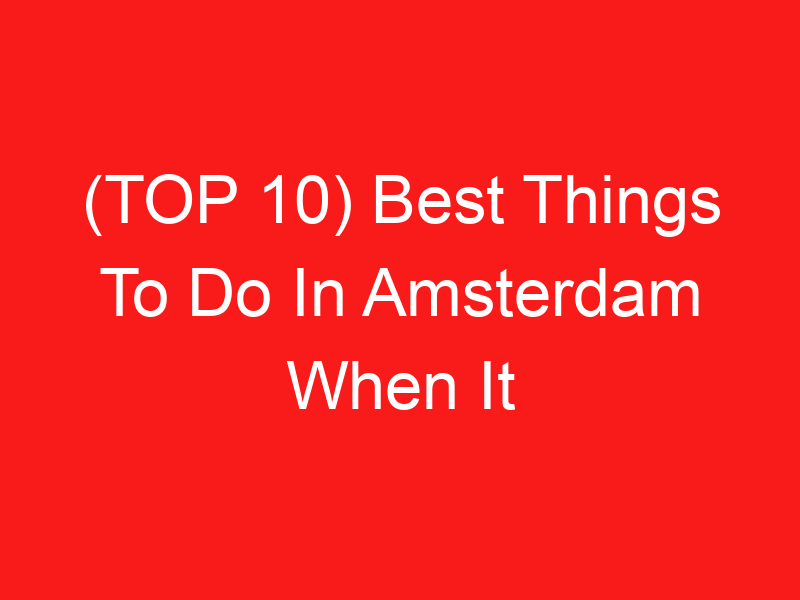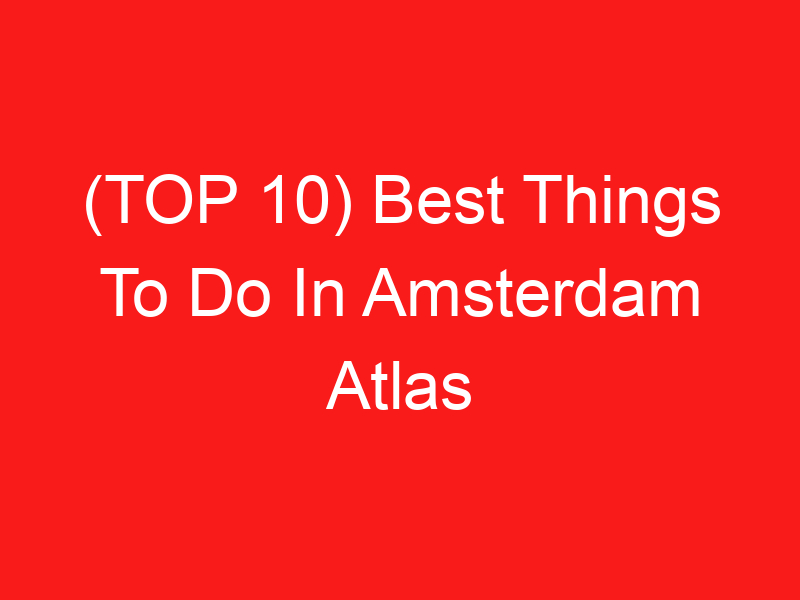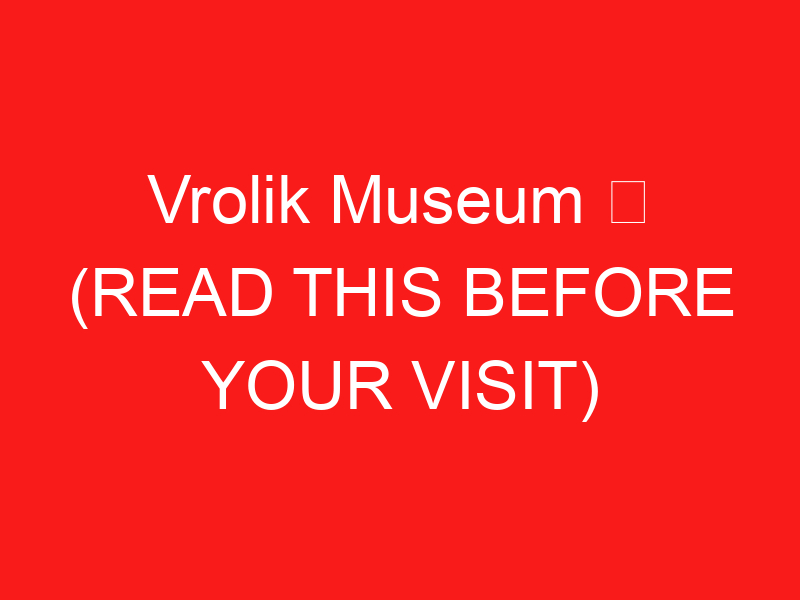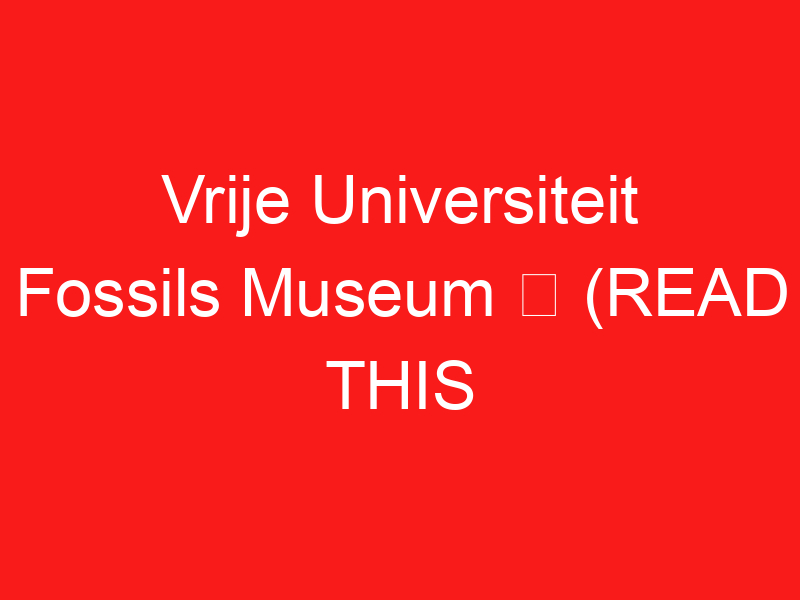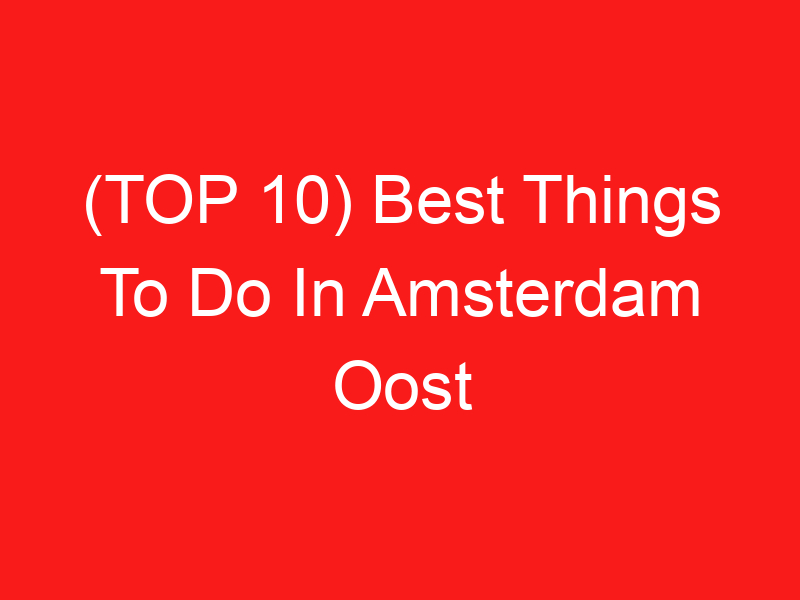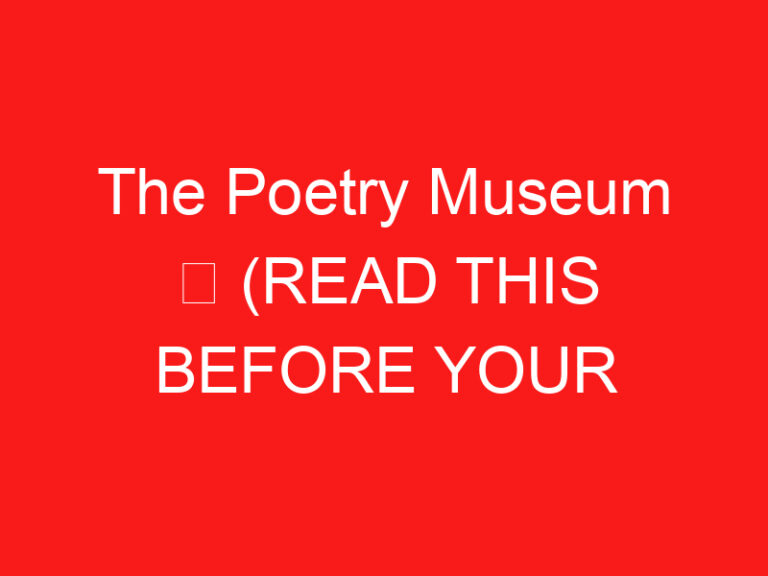Micropia ➥ (ご来場前にお読みください)
Micropia: A Fascinating Journey into the World of Microorganisms
Have you ever wondered what life looks like at a microscopic level? Micropia, the world’s first museum dedicated entirely to microorganisms, offers a unique and immersive experience that will transform your understanding of the unseen world around us.
Located in Amsterdam, Micropia invites visitors to explore the vibrant and diverse universe of microbes, showcasing their essential roles in our lives and the environment.
Whether you are a science enthusiast, 好奇心旺盛な旅行者, or simply looking for a unique experience, Micropia promises to enlighten and inspire.
この記事の内容, we will delve deep into what Micropia has to offer, guiding you through its exhibits, experiences, and practical tips for making the most of your visit.
Prepare yourself for an adventure that reveals the extraordinary life forms that exist beyond the naked eye!
What to Expect at Micropia
When you step into Micropia, you are entering a realm where the invisible becomes visible.
The museum is designed to engage visitors with interactive exhibits, stunning visuals, and informative displays that highlight the significance of microorganisms in our ecosystem.
As you navigate through the various sections, you will encounter a plethora of microorganisms, from bacteria and fungi to viruses and protozoa.
Each exhibit is meticulously curated to educate visitors about the role these tiny organisms play in our daily lives, from aiding digestion to influencing climate change.
One of the most captivating aspects of Micropia is its emphasis on the interconnectedness of life.
The museum illustrates how microorganisms contribute to the health of humans, animals, and the environment.
For instance, you will learn about the gut microbiome and its crucial role in digestion and immunity, showcasing how these tiny organisms can have a significant impact on our overall health.
かつ, Micropia highlights the importance of microbes in various industries, such as food production, biotechnology, and environmental conservation.
Visitors can also engage with live displays and observe microorganisms in real-time, providing a truly immersive experience.
With its innovative approach to science communication, Micropia breaks down complex concepts into easily digestible information, making it accessible to people of all ages and backgrounds.
Interactive Exhibits and Experiences
One of the standout features of Micropia is its interactive exhibits that encourage visitor participation.
From hands-on displays to digital installations, each experience is designed to engage and educate.
例えば, you can use a microscope to examine various samples, revealing the intricate details of microorganisms that are otherwise invisible to the naked eye.
These interactive elements not only enhance learning but also make the visit enjoyable and memorable.
Another popular exhibit is the “Microbe Wall,” which showcases a vast array of microorganisms through stunning visuals and informative descriptions.
This wall serves as a visual feast, allowing visitors to appreciate the diversity of life forms that exist at the microscopic level.
さらに, Micropia offers a unique opportunity to learn about the fascinating world of fermentation.
Visitors can discover how microorganisms are used in the production of various foods, such as yogurt, cheese, and bread, highlighting the importance of microbes in our culinary traditions.
For those interested in the environmental impact of microorganisms, Micropia features exhibits on bioremediation and the role of microbes in cleaning up pollutants.
These displays emphasize the potential of microorganisms to address some of the most pressing environmental challenges we face today.
全, the interactive nature of Micropia ensures that visitors leave with a deeper understanding and appreciation of the microbial world.
Planning Your Visit to Micropia
Before heading to Micropia, it’s essential to plan your visit to make the most of your experience.
Here are some key tips to consider:
- Opening Hours: Check the official Micropia website for current opening hours, as they may vary by season.
- Tickets: It’s advisable to purchase tickets online in advance to avoid long queues, 特に観光シーズンのピーク時には.
- Guided Tours: Consider joining a guided tour for a more in-depth understanding of the exhibits. Knowledgeable guides can provide valuable insights and answer any questions you may have.
- Accessibility: Micropia is wheelchair accessible, ensuring that everyone can enjoy the exhibits.
- Duration: Plan to spend at least 2-3 hours at Micropia to fully explore the exhibits and engage with the interactive displays.
- 写真術: Check the museum’s policy on photography, as some areas may have restrictions.
- Nearby Attractions: Consider visiting other nearby attractions in Amsterdam, such as the Artis Zoo or the NEMO Science Museum, to make the most of your day.
これらのヒントを念頭に置いてください, you can ensure a smooth and enjoyable visit to Micropia.
The Importance of Microorganisms
Microorganisms play a vital role in our world, yet they often go unnoticed due to their minuscule size.
At Micropia, you will gain a profound appreciation for these tiny life forms and their contributions to our planet.
From maintaining ecological balance to supporting human health, microorganisms are indispensable to life as we know it.
For instance, did you know that microbes are responsible for the decomposition of organic matter?
This process is crucial for nutrient cycling in ecosystems, ensuring that essential nutrients are returned to the soil.
かつ, certain bacteria are involved in nitrogen fixation, a process that converts atmospheric nitrogen into a form that plants can use, supporting agriculture and food production.
In the context of human health, the gut microbiome is a hot topic of research, with studies linking it to various health outcomes, including obesity, diabetes, and mental health.
Micropia sheds light on these connections, emphasizing the importance of maintaining a healthy microbiome through diet and lifestyle choices.
Furthermore, microorganisms are at the forefront of biotechnology, with applications ranging from biofuels to pharmaceuticals.
As we face global challenges such as climate change and food security, understanding and harnessing the power of microbes will be essential for sustainable solutions.
By visiting Micropia, you are not only learning about microorganisms but also gaining insight into the future of science and technology.
Frequently Asked Questions about Micropia
What is Micropia?
Micropia is the world’s first museum dedicated to microorganisms, located in Amsterdam. It aims to educate visitors about the importance of microbes in our lives and the environment through interactive exhibits and displays.
How long should I plan to spend at Micropia?
Visitors are encouraged to spend at least 2-3 hours at Micropia to fully explore the exhibits and engage with the interactive displays. This allows ample time to appreciate the diverse world of microorganisms.
Are there guided tours available at Micropia?
はい, Micropia offers guided tours led by knowledgeable staff who provide insights into the exhibits and answer questions. It’s a great way to enhance your experience and learn more about the microbial world.
Is Micropia suitable for children?
そうですよ! Micropia is designed to be family-friendly, with engaging exhibits and activities that appeal to visitors of all ages. Children can learn about microorganisms through fun and interactive displays.
Can I take photos inside Micropia?
Photography is generally allowed in most areas of Micropia, but it’s best to check for any specific restrictions or guidelines upon your visit.
What are the opening hours for Micropia?
Opening hours may vary, so it’s advisable to check the official Micropia website for the most current information before your visit.
Is Micropia accessible for individuals with disabilities?
はい, Micropia is fully wheelchair accessible, ensuring that everyone can enjoy the exhibits and facilities.
結論
Micropia is more than just a museum; it is a gateway to understanding the hidden world of microorganisms that surround us.
Through its engaging exhibits, interactive experiences, and informative displays, Micropia invites visitors to explore the vital roles that microbes play in our lives and the environment.
Whether you are a science enthusiast or a curious traveler, a visit to Micropia promises to be enlightening and inspiring.
あなたの訪問を計画することによって, engaging with the exhibits, and appreciating the importance of microorganisms, you will leave with a newfound respect for the tiny life forms that shape our world.
だから, before you embark on your journey to Micropia, remember to embrace the adventure that awaits in the microscopic realm!
